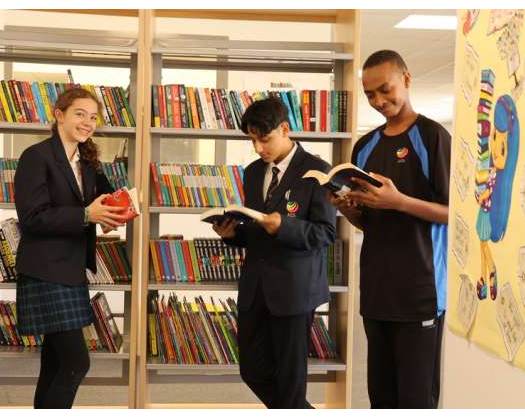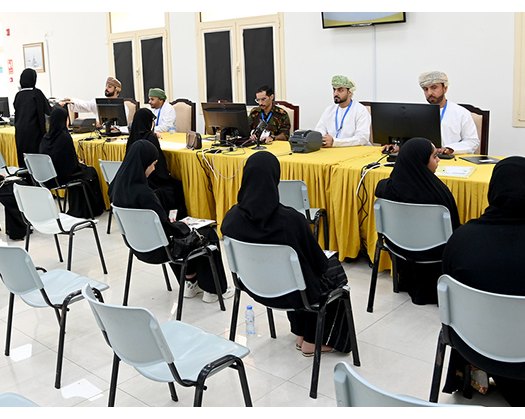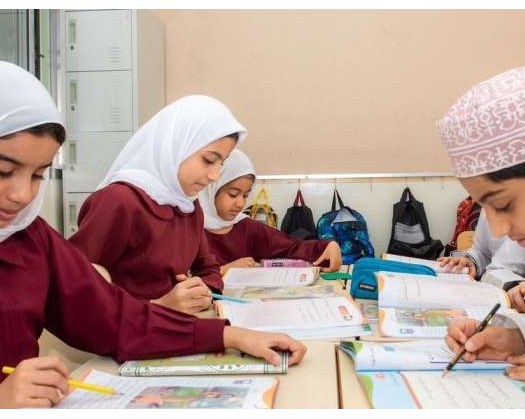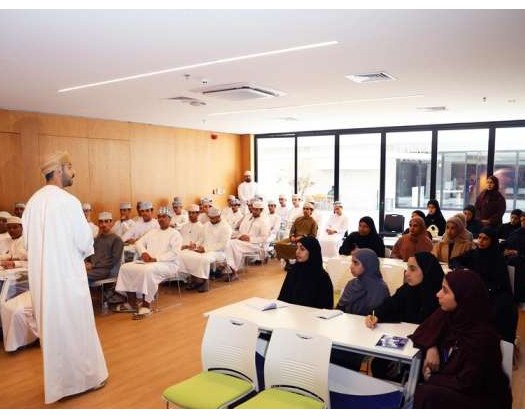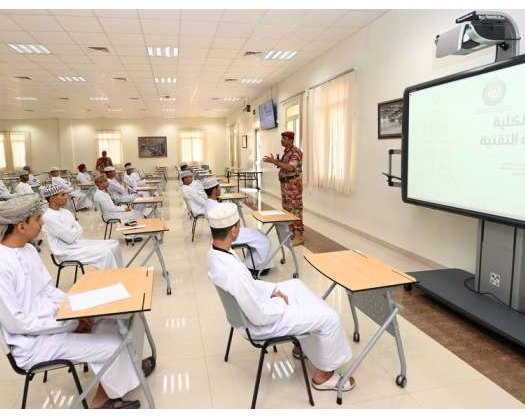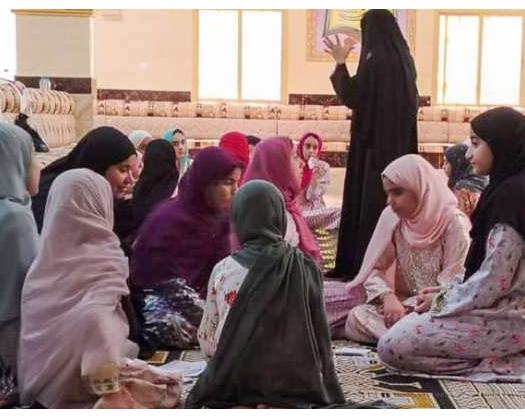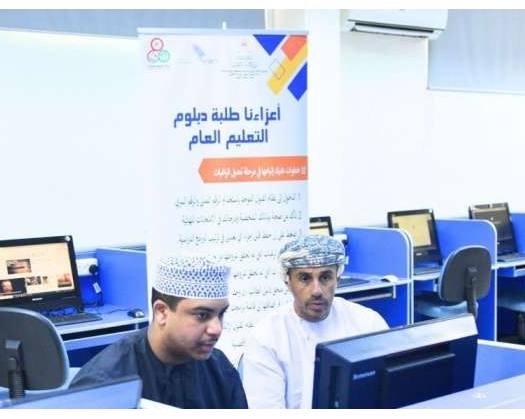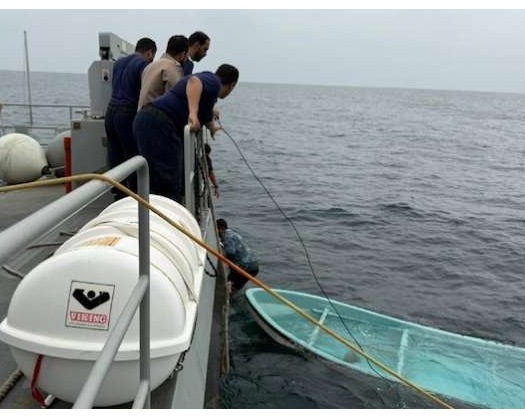Muscat: The Special Economic Zone at Duqm has observed a notable increase in the enrollment of students across various educational levels, particularly in the general and basic education stages. This surge in student numbers aligns with the escalation in investment volumes within the zone and the influx of both Omani and international families to Duqm, facilitated by the availability of a wide range of services and facilities that encourage worker settlement.
Over the past five years, the Special Economic Zone at Duqm has seen a significant rise in the student population across both public and private educational institutions. Specifically, during the academic year 2023/2024, the zone recorded over 1,740 male and female students, a substantial increase from the 1,181 male and female students in the academic year 2018/2019, marking a growth rate of 47.3 percent. This growth is attributed to the establishment of Al Saad International School in 2021, which has played a pivotal role in attracting students.
Eng. Ahmed bin Ali Akaak, the Acting CEO of the Special Economic Zone at Duqm, expressed optimism regarding the zone's prospects for further investments in the education sector, reflecting the expansion of projects being undertaken.
Duqm currently boasts eight educational institutions, comprising six government-operated and two private sector schools: Al Saad International School and the Indian School in Duqm. Additionally, there is a significant number of kindergartens catering to students in the pre-school stage.
In the most recent academic year, Al Saad International School in Duqm welcomed over 200 male and female students from more than 22 different nationalities, while the Indian School saw 52 male and female students from five distinct nationalities. The establishment of the Indian School, affiliated with the Central Board of Secondary Education (CBSE) in India, has been instrumental in accommodating the growing number of families from the Indian community and beyond, aiming to provide a modern and integrated educational environment from kindergarten through to primary school. Plans are also in place for future expansion to include higher educational levels.

